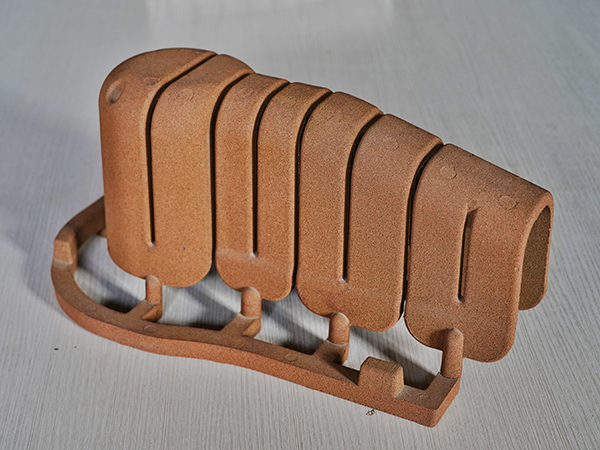

While sandpaper is a staple in sanding resin, other tools can enhance the process. Orbital sanders or rotary tools with sanding attachments can provide consistent and quicker results, especially for larger projects. However, these tools require a gentle touch and control to prevent over-sanding or gouging the resin surface. For intricate details or delicate areas, hand sanding remains the best approach. Flexi-Files or micro-mesh pads offer great control, allowing you to target specific sections without disturbing the surrounding resin. An additional tool to consider is a micro-sander, a compact device designed for precision work. It's particularly advantageous for working on small-scale projects or reaching tight corners and crevices where traditional sandpaper or pads might struggle. Throughout the sanding process, personal safety should not be ignored. Always work in a well-ventilated area and wear appropriate protective gear, including dust masks and goggles, to shield against resin dust and particles. Resin dust can be harmful if inhaled, so taking these precautions is crucial for maintaining a safe crafting environment. Ultimately, the key to achieving a perfectly sanded resin surface lies in patience and precision. By progressively using different grits and incorporating the right tools, you can transform any resin project into a smooth and polished masterpiece. This methodical approach not only minimizes errors but also upholds the quality of your resin work, ensuring a professional finish every time. With experience and a keen eye for detail, sanding resin can become a rewarding part of your crafting process, unlocking new levels of creativity and sophistication in your projects. Whether you are crafting jewelry, art, or functional decor, mastering the art of sanding resin is an invaluable skill for any resin artist. Post time:Փտր . 12, 2025 02:15
Next:what to sand resin with
